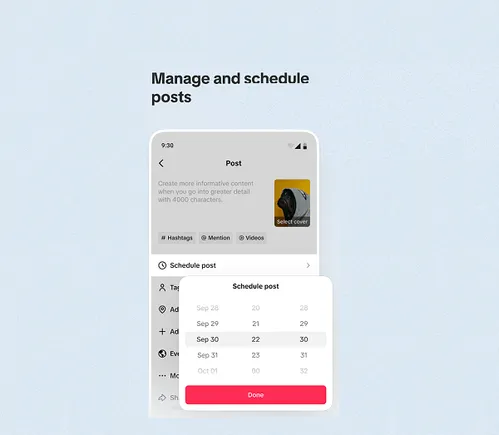
In the ever-changing business world, Robotic Process Automation (RPA) has evolved as a significant force, reforming the enterprise productivity landscape. This revolutionary technology utilizes the potential of automation to streamline rule-based, repetitive tasks, helping companies optimize several processes and redirect humans to do value-added, strategic actions.
What is Robotic Process Automation?
Robotic Process Automation (RPA), or “bots,” are innovative software-based robots that streamline and automate mundane and time-consuming tasks. They do tasks such as manipulation, data entry, report generation, and more if humans perform those. They set humans free from tedious processes so that they can prioritize other business competencies, resulting in many benefits.
How is Robotic Process Automation Different?
Although traditional business automation systems and RPA prioritize increasing process efficacy, they are way too different. RPA is more dedicated to mimicking human beings and helping them by decreasing their engagement with some repetitive tasks and do tasks as instructed. That’s why tasks done by bots are more precise and clear.
The Power of Robotic Process Automation
Robotic Process Automation is based on the software robots use to do manual tasks correctly, rapidly, and error-free. These bots can mimic human activities in different systems and applications, interacting with them just as an employee would. By utilizing RPA, businesses can experience several benefits.
Enhanced Efficiency: Companies can drastically enhance efficiency by automating operations processes. Tasks that consume much time, like report generation, data entry, and data reconciliation, can be done by 24/7 robots without rest. This results in increased productivity, reduced cycle times, and overall development.
Cost Reduction: RPA can decrease operational expenses by reducing manual labor requirements in routine jobs. Organizations can save money on corrective actions by eliminating human error and rework requirements. Furthermore, RPA utilization is more cost-effective than other automated solutions since it does not need complex changes to existing systems.
Greater Quality and Regulative Conformity: Software bots are consistent and accurate in their jobs, decreasing errors related to manual tasks. Specifically, this is useful in different fields where regulatory compliance is needed, like regulatory reporting or financial data management.
Allotment of Resources: By automating ordinary tasks, organizations can free up their employees’ ample time and allow them to focus on higher-value activities. They can work on more important tasks like decision-making for the organization, user data analysis, and customer care. This increases employee motivation and satisfaction and empowers business growth and innovation.
RPA Tools
Several RPA platforms and tools are available, helping businesses utilize RPA efficiently. These tools provide important functions to implement, design, and handle software robots in company environments. Here are a few of the most useful RPA tools:
UiPath:
In the RPA industry, UiPath is one of the most popular and widely used platforms. It gives an intuitive platform to implement, design, and monitor software robots. It also provides advanced capabilities like text and image recognition and integration with AI technologies.
Automation Anywhere:
In the field of RPA, Automation Anywhere is another top tool. It provides an extensive automation landscape that helps firms to automate a broad range of business processes. Also, this includes different features like the potential to capture and automate tasks, schedule robots, and handle software robots.
Blue Prism:
Blue Prism RPA tool prioritizes secure and scalable enterprise automation. It gives a platform that enables firms to manage and implement software robots in their operations. For robust security abilities, Blue Prism is the ideal tool.
WorkFusion:
WorkFusion is an advanced RPA tool based on AI and ML technologies. It helps organizations to automate complicated processes by integrating RPA with artificial intelligence capabilities. Normally, WorkFusion is utilized in different sectors like operation management and financial process automation.
Conclusion
Standing at the cutting edge of enterprise innovation, Robotic Process Automation (RPA) is transforming traditional strategies into productivity. Since businesses adopt the revolutionary power of RPA, its widespread utilization is poised to transform the platform of operational excellence, announcing success in an age defined by many technological developments and dynamic market demands.
For more information, visit www.onpassive.com.







































































